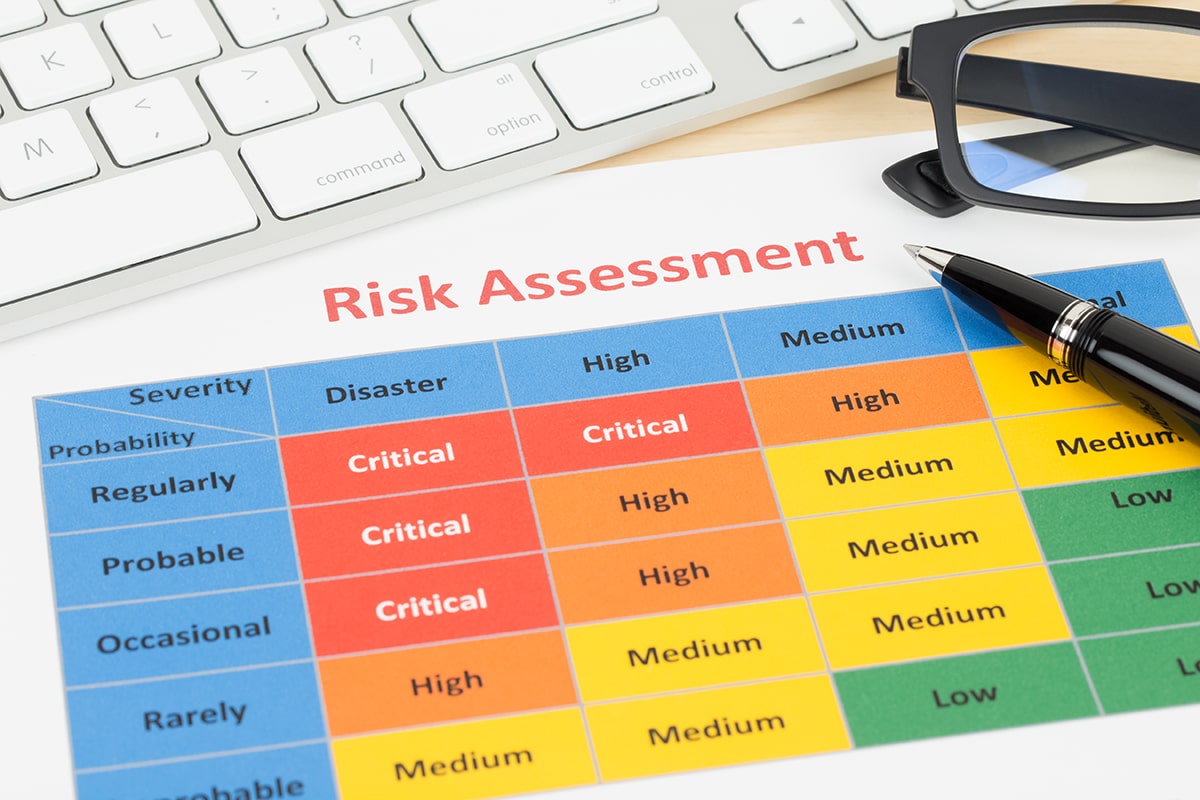Among the most important factors that count when it comes to medical flight risk assessment according to the Federal Aviation Safety Administration is having an accurate flight risk assessment tool. Such a tool enables the pilots to evaluate the flight risk well in advance and to make an informed decision whether to proceed with the medical flight rescue mission or not. An efficient tool enables the pilot and the flight team to develop a risk mitigation strategy that is effective enough. It includes everything from weather condition assessment to cabin preparation for the patient who will be onboarded. However, there are several other factors, too and often, it is an evolving situation that the risk assessment tool must factor in.
The Changing Medical Flight Risk Landscape
Pandemics, volatile political conditions, conflicts, sudden weather changes – the factors that result in increased medical flight risk are several. The tool must take into consideration all these factors. Of course, the tool must work on inputs received digitally as well as through manual human intervention. There are specialized disciplines when it comes to such assessments today. Not to forget the numerous safety organizations throughout the world. However, sometimes the safety standards of one country can conflict with another.
Medical Flights Across Borders
Crossing certain international borders is considered low risk. For instance, a medical flight company would not think twice before flying a patient between the United States and the United Kingdom. However, the considerations vary vastly when, for instance, when it is between a country like Sudan and the United States. Of course, not all medical flight companies undertake missions in countries that are considered volatile. Having said that there are private medical flight companies today that specialize in undertaking missions from high-conflict nations. It all boils down to the adequacy and the efficiency of the risk models, tools and human expertise that they employ.


